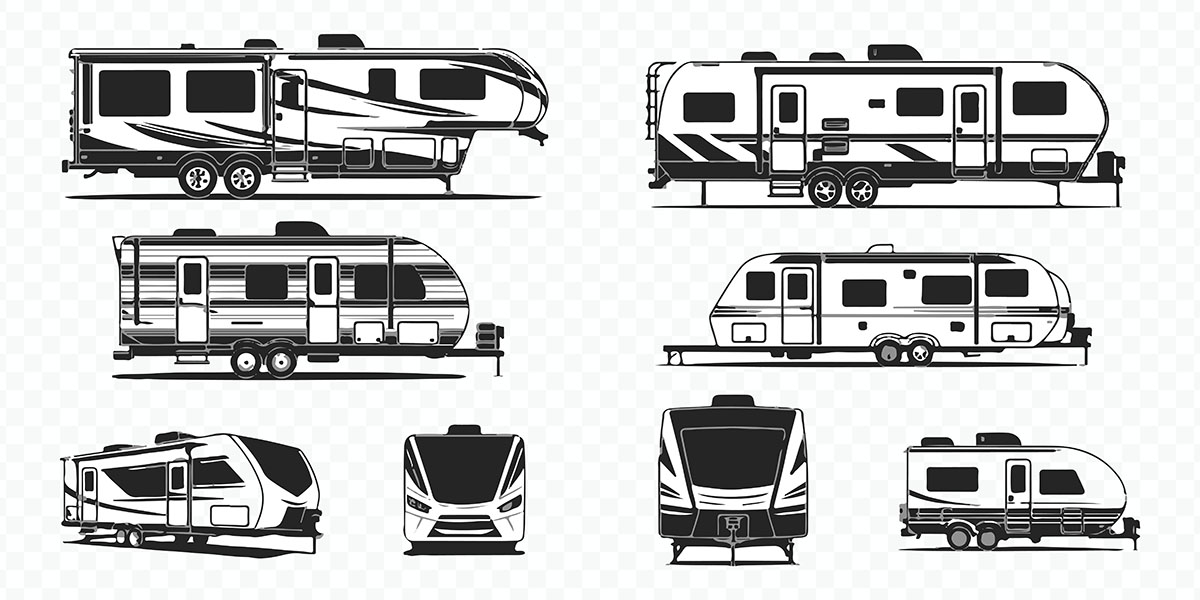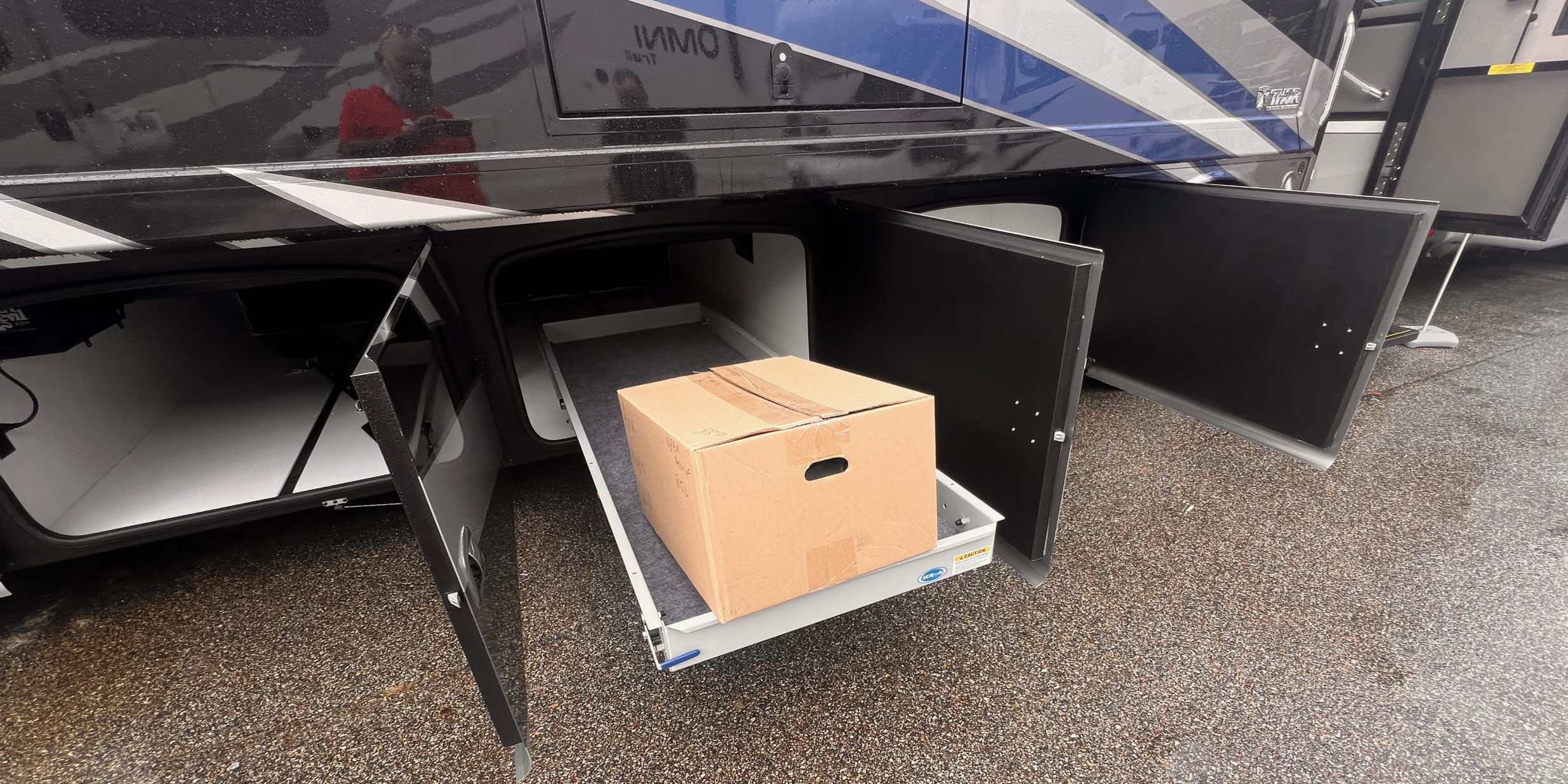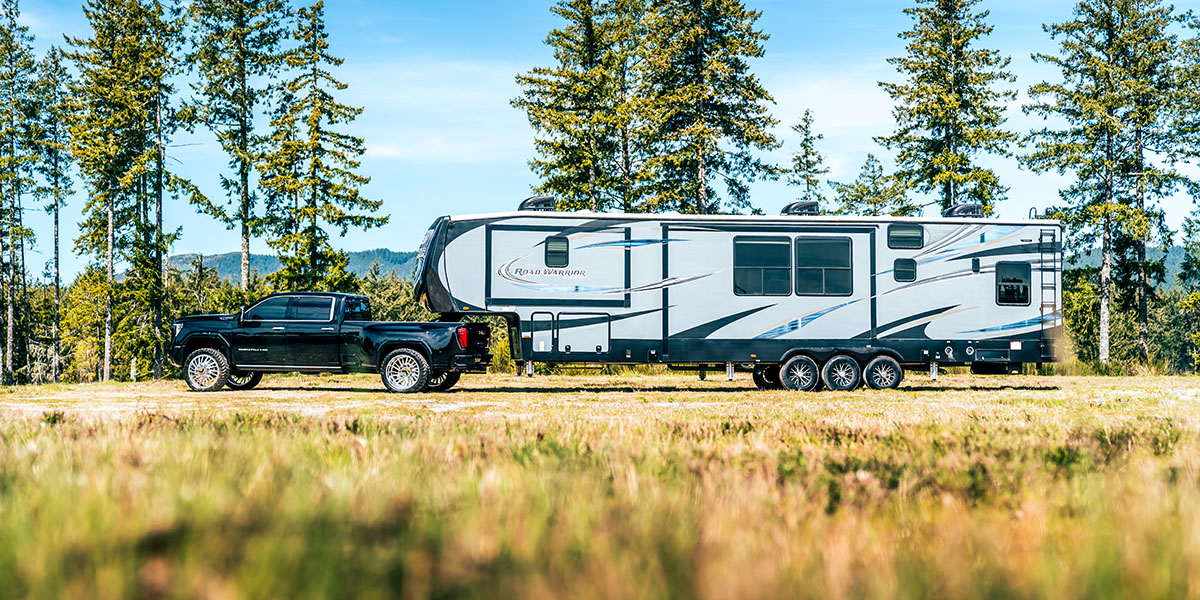If you’ve been RVing for a while, there’s a good chance you’ve come across the name Travel Resorts of America — whether through a flyer at a campground, a sales pitch at an RV show, or a fellow camper talking about a membership. So, you might wonder: What exactly is Travel Resorts of America? Is it a campground membership worth looking into, or one of those high-pressure timeshare-style pitches?
My wife and I are not TRA members, but we did research it. And, in doing so, we were able to get a grasp of what Travel Resorts of America is and whether it was right for us. We suggest you do the same, but here’s what we learned.
The Basics: What Is Travel Resorts of America?
Travel Resorts of America is a private RV resort membership system that gives paying members access to a network of exclusive RV resorts — mostly located in the eastern and midwestern U.S. Unlike public or individually owned parks, TRA’s properties are members-only, meaning you typically need to buy into the system to stay there. The membership gives you access to their resorts for low or no nightly fees, depending on your membership tier.
They’re not the only company in this space. (Think Thousand Trails, which we currently have, or Coast to Coast.) However, they do offer a distinct set of perks that appeal to some full-timers, snowbirds, and regional RV travelers.
Where Are the Campgrounds?
As of 2025, Travel Resorts of America operates seven well-established core resorts, along with a small number of newer partner or affiliate properties, including a seasonal park in Florida and a location called Camp HiYo! in Ohio.
These following are Travel Resorts of America’s flagship resorts:
- Gettysburg Battlefield Resort, Pennsylvania. Near historic Gettysburg National Military Park.
- Bass Lake Resort, New York. Located in the scenic Finger Lakes region.
- Sycamore Lodge Resort, North Carolina. About an hour south of Raleigh.
- North Shore Landing, Georgia. Lakefront camping on Lake Oconee.
- Rocky Fork Ranch, Ohio. A large, activity-focused resort with trails, equestrian amenities, and rustic cabins.
- Wally World Riverside Resort, Ohio. Family-friendly atmosphere and easy river access.
- Luna Sands Resort, Florida. A warm-weather destination near Daytona, popular with snowbirds.
The additional resorts don’t seem to be heavily advertised as of this article, but they are now included in some membership materials. TRA continues to slowly expand its network through ownership and partnerships.
How Does Membership Work?
Membership plans come in different tiers and levels, often customized during your sign-up process. That makes it hard to give a one-size-fits-all answer, but here’s the general idea:
- Buy-in fee: Typically between $5,000–$15,000 depending on your package.
- Annual dues: Around $500–$700 per year.
- Nightly stays: Usually free at your designated “home park” and most TRA resorts.
- Modest fees may apply: Some tiers charge $10–$15/night at affiliate or partner parks.
- Booking privileges: Higher levels get extended reservation windows and reduced restrictions.
- Reciprocal access: TRA partners with Coast to Coast (and occasionally RPI) for access to other campgrounds nationwide.
Many people first learn about TRA through a free stay promotion, where you receive a complimentary weekend at a resort in exchange for attending a sales presentation.
What Are the Benefits?
For RVers who return to the same area frequently — or want a secure, all-amenities park system — TRA can offer real value.
Membership perks include:
- Low or no nightly camping fees at core resorts;
- Private, gated properties with enhanced security and quieter stays;
- On-site amenities like pools, clubhouses, playgrounds, and weekend activities;
- Reliable advance booking during peak seasons; and
- Reciprocal stays through Coast to Coast (based on membership tier).
The consistency and structure of the system appeal to RVers who value routine, ease of use, and social opportunities on the road.
Considerations to Be Aware Of
Like any campground membership system, there are important details to consider before signing anything.
Here’s what to keep in mind:
- High-pressure sales approach. Many RVers report a strong sales pitch during the free-stay presentations. It’s best to walk in informed and ready to say “no” if you’re unsure.
- Long-term contracts. TRA memberships often involve multiyear commitments. Based on reviews, it seems as though cancellation isn’t easy, and buyout options can be very limited.
- Limited geographic spread. Core resorts are concentrated in the East and Midwest. If your travels are mostly west of the Rockies, this may not be a useful investment.
- Nightly fees at affiliate parks. Depending on your membership tier, you may still pay modest fees ($10–$15) at reciprocal or partner parks.
- Mixed resort quality. Some resorts (like Gettysburg and Bass Lake) get strong reviews, while others (like Wally World and Rocky Fork Ranch) receive mixed feedback about amenities and upkeep.
- No real resale market. Most membership contracts are non-transferable, and resale options seem to be fairly limited. From the looks of it, this isn’t an investment — it’s a use-it-or-lose-it plan.
Is TRA Worth It?
That depends on how, where, and how often you travel.
It might be a good fit if:
- You travel mostly in the East or Midwest;
- You prefer full-hookup, private resort-style parks;
- You return to the same region annually (great for snowbirds or seasonal full-timers); and/or
- You’re comfortable with a long-term financial commitment.
It might not be ideal if:
- You prefer flexibility, boondocking, or public lands;
- You RV out West or travel coast-to-coast;
- You avoid ongoing contracts or upfront costs; and/or
- You don’t stay long enough at one park to justify the membership.
Pro Tips If You’re Considering TRA
- Take your time. A free stay doesn’t mean you have to commit. Ask for, and take the time, to read over all documents without pressure.
- Ask about cancellation, resale, and blackout dates. Be specific.
- Tour more than one resort. Seeing multiple properties will give you a better feel for what you’re really buying.
- Get a copy of the actual contract. It’s always best practice to read, review, and get a copy of any contract — before signing.
- Compare alternatives. Membership programs like Thousand Trails or Escapees may offer different structures and price points.
Know Before You Commit
Travel Resorts of America is a legitimate membership camping system that works for a specific kind of RVer. If you like planned getaways, return to the same region often, and enjoy social RV life in secure campgrounds, it could be a cost-effective option over time.
But like any contract-based system, it comes with strings attached—so it’s not something to jump into lightly.
For now, my wife and I have chosen not to join — but like many RVers, we’ve done the research, asked around, and kept an eye on programs like these. If it fits your travel style, budget, and long-term goals, it could be a great tool in your RV toolbox. Just make sure the freedom of RV life doesn’t get locked into fine print.









